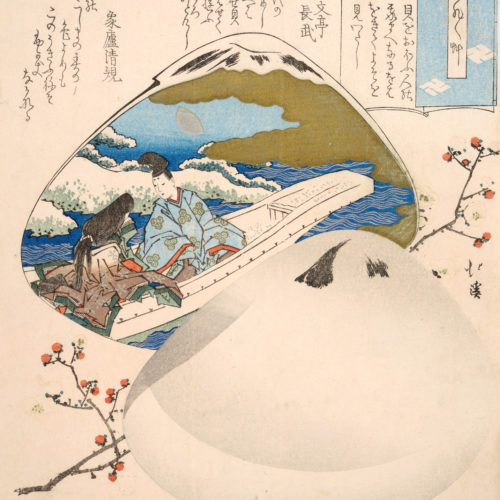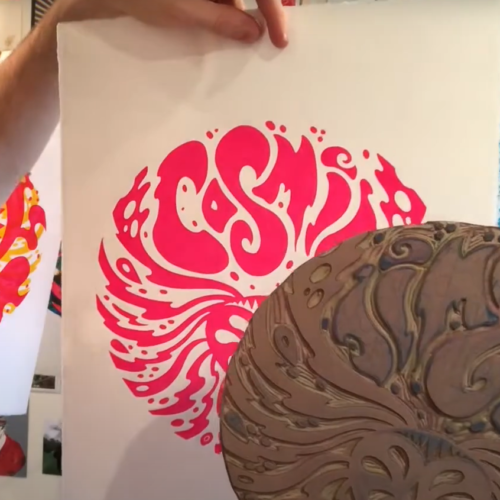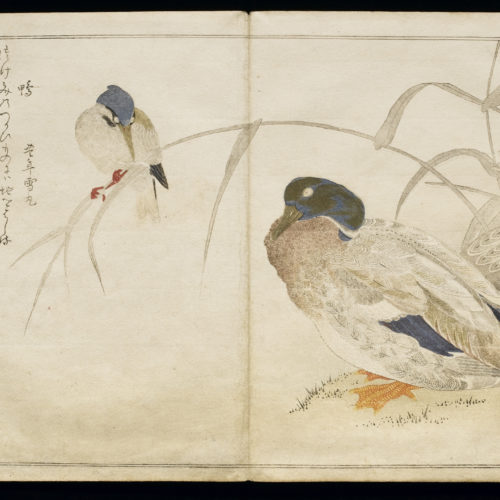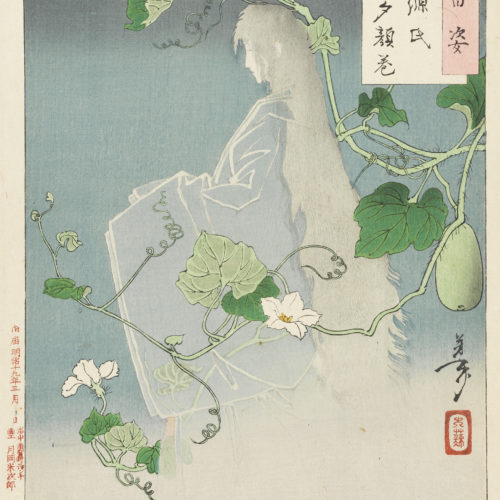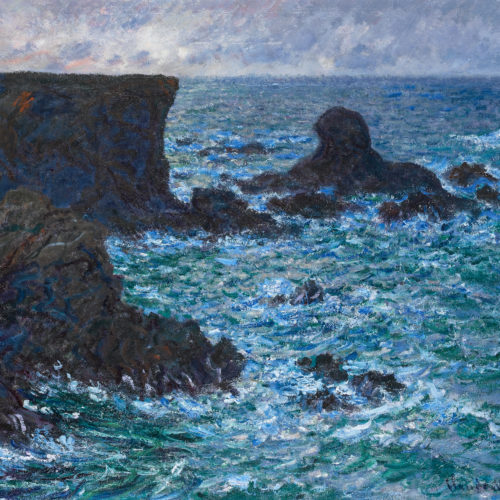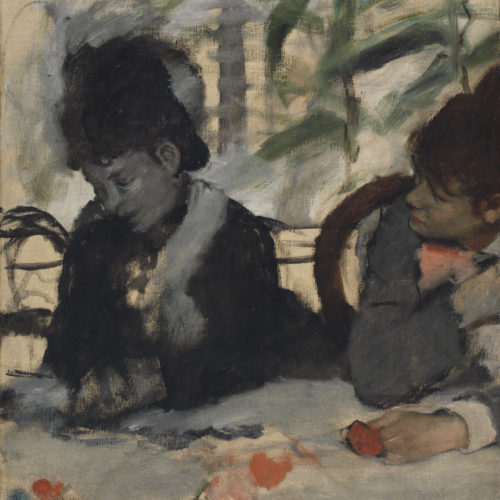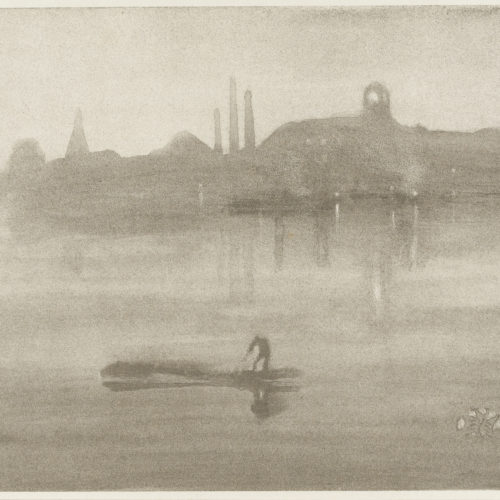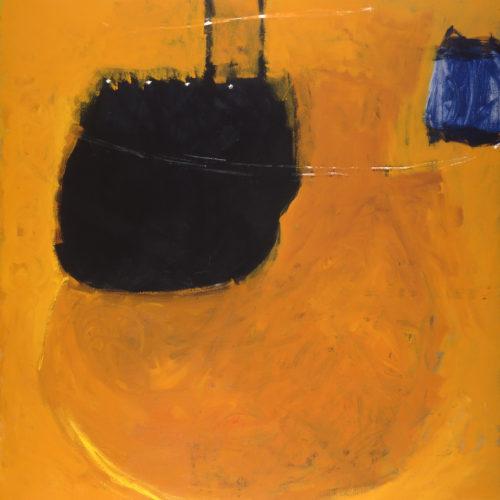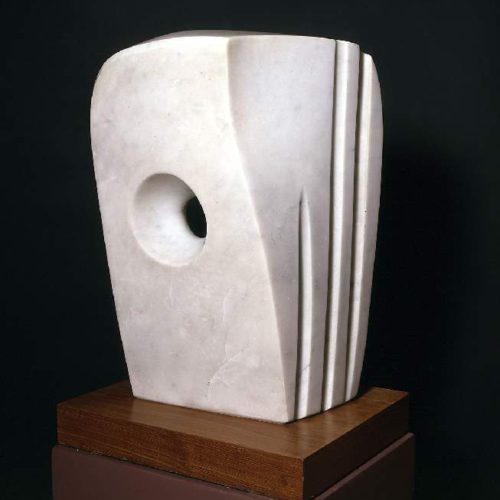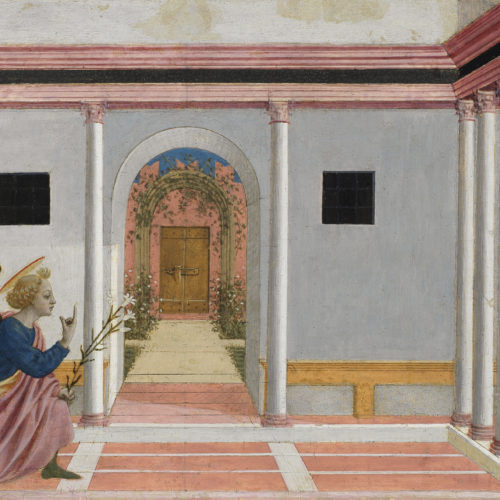Teaching activities: videos, activity ideas and information about objects
- Reflecting on reasoned understandings of cultural context and historical timeframes, and cultural, moral, and spiritual context.
- Sustained investigation and comparison of two cultural art genres.
- Expressing opinions through evaluations of several artists.
- Understanding how their work is a product of their culture, time or place.
- Understanding composition, perspective, symbolism and artists’ narratives.
- Learning technical language of the paintings of the Impressionists and of Japanese woodblock printing, and communicating appropriate responses.
- Using understanding of the creative, media and design industries to inform creative actions and awareness of career opportunities.
- Reflecting on how these artworks inspire students’ own artwork.
Each resource provides a set of learning materials to support these elements:
- Close Encounter: critically examine
- Discuss: think and discuss ideas
- Create: develop their own artwork through artist-led virtual workshops or ideas
- Reflect: concluding with an opportunity to reflect and evaluate their work
In Japan during the Edo period, which spanned over 200 years (1603-1866), the Shogunate rulers closed their country’s borders from the majority of the Western world (although the Dutch were given trading rights through this period). In the mid 1800’s the Japanese reformists, Saigo Takamori and Kido Takayoshi worked together to restore the Emperor of Japan, resulting in the new Emperor Meiji initiating a restoration in 1866, which opened Japan to the wider world. As traded goods from Japan (which included applied and fine art works) reached Europe and America, they offered new inspiration in visual arts, theory of art and cultural philosophy. The popularity and influence of Japanese art was termed ‘Japonisme’. Many Japanese artworks and artefacts were collected in Europe and America, both privately and by museums. These included ceramics, bronzes, religious artefacts, costumes and accessories, drawings and prints.
At the Fitzwilliam Museum, we have a large collection of historic Japanese woodblock prints, a selection of ceramics and other applied arts including a samurai sword and a suit of armour (currently in conservation store) and fans. There are also Japanese artefacts and a full suit of samurai armour at the Museum of Archaeology and Anthropology.
The influences of Japanese art can be seen in works of European and American artists. The Impressionists and Post-Impressionists were particularly drawn to the flattened compositions, dramatic viewpoints, the placement of figures and objects, and the importance of the space between them. Notice how the Japanese artists use calligraphic brushwork. There was a sense of newness to the images that these artists were seeing.
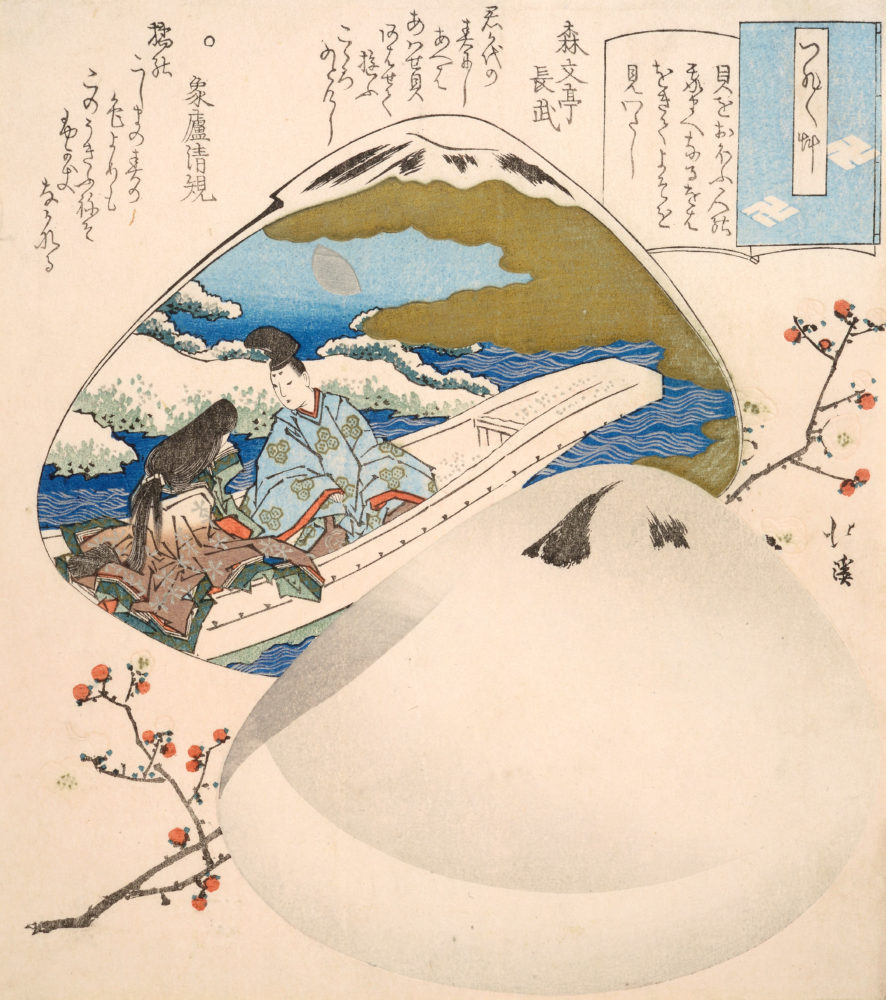
This print cleverly depicts an illustrated romantic scene painted on the inside of a shell. The other half at the front would have contained a corresponding poem. These painted shells were a popular party game with identically painted pairs that often showed romantic episodes from the ‘Tale of Genji’. The party goers were invited to choose a shell half, with men and women guests choosing from different halves of a matching pair. The game was then to find your matching half! It was a way to encourage guests to mingle. This game is a fun ice breaker and opportunity to start conversation and introductions.
Japanese artists found similar inspiration and freshness in the European and American artists they were encountering, often for the first time. Japanese artists were inspired to travel to Paris to study and brought a new school of painting to Tokyo. Today the National Museum of Western Art in Tokyo houses a large collection including an impressive collection of French Impressionism and Post-Impressionism. You can browse the collection under artists’ names – here we searched for the artist Monet.
Explore these paintings from the Fitzwilliam Museum to discuss the ways in which Japanese art influenced these Impressionist painters.
Edgar Degas, ‘Au Café’
Degas was a collector of Japanese prints. Degas explored Japanese print and painting compositions and the Japanese use of calligraphic brushwork. Many of the Edo prints show Japanese people involved in their everyday life or a dreamlike world of pleasures referred to as ‘The Floating World’, a place where play, entertainment and romances unfolded.
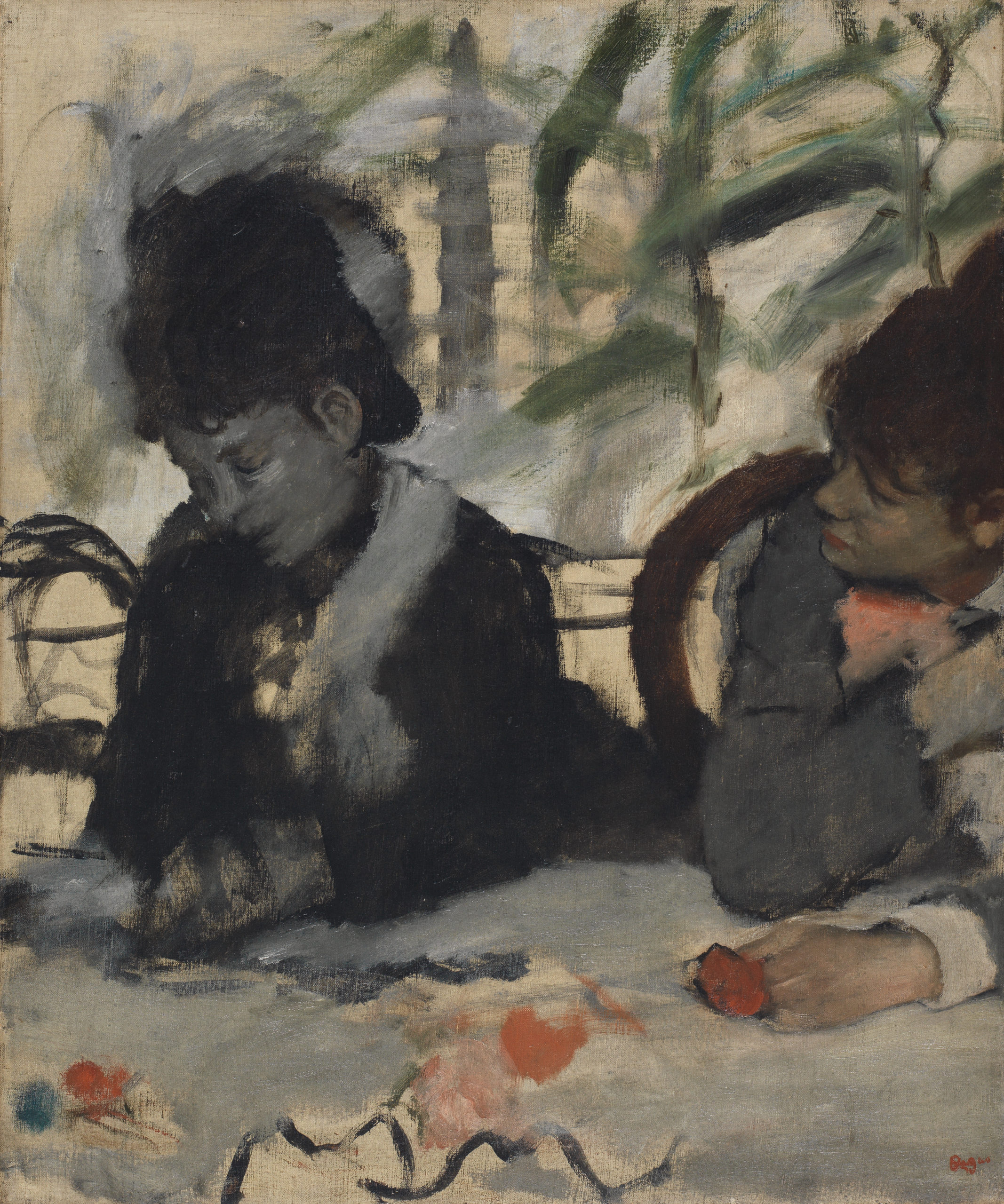
Claude Monet, ‘Rocks at Port-Coton, The Lion Rock Belle-Île’
The flattened composition and high view point may be influenced by Japanese prints that Monet collected and enjoyed at his house in Giverny.
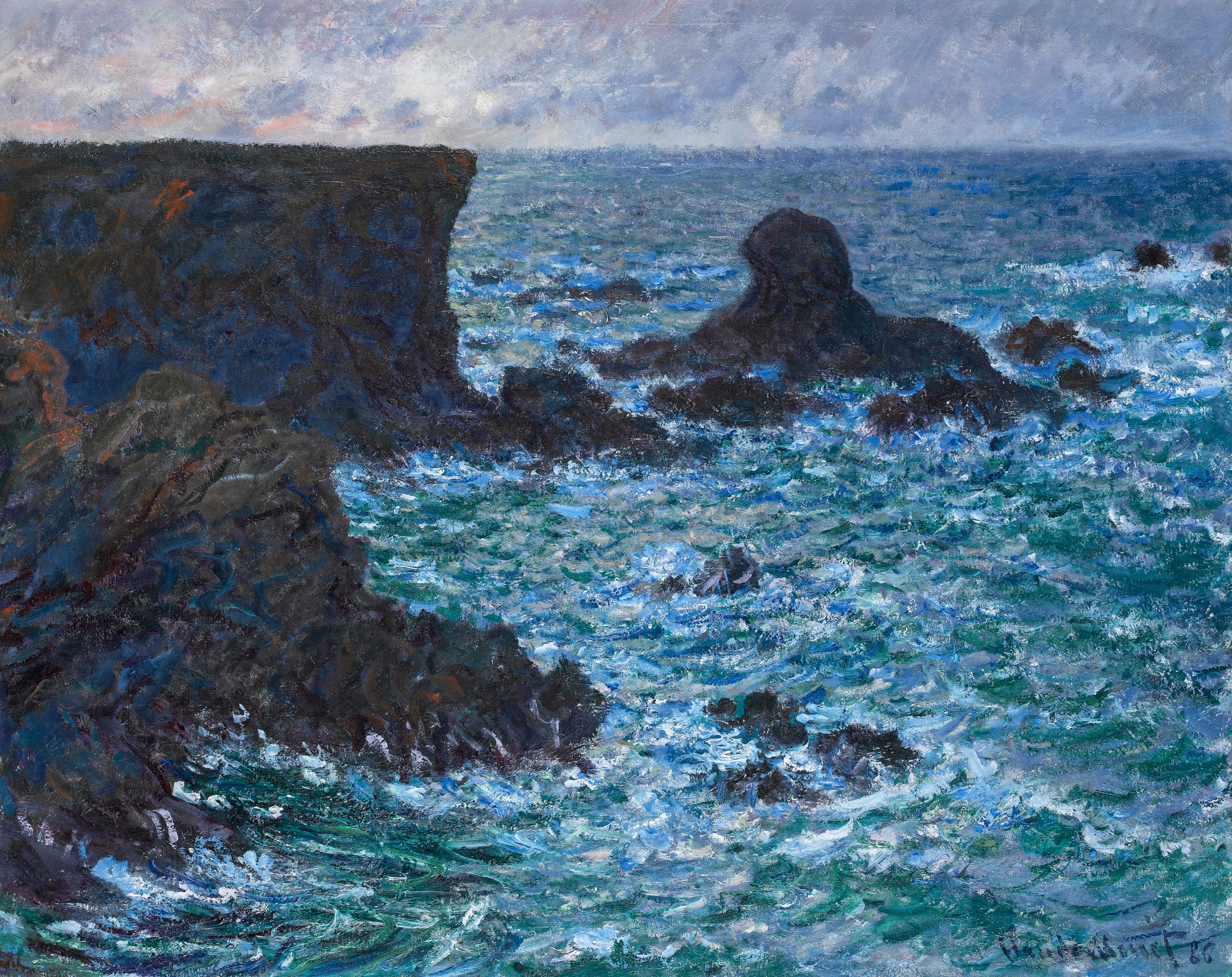
James McNeill Whistler, ‘Nocturne at Battersea’
The soft monochromatic technique helps to create a suggestion of a view.
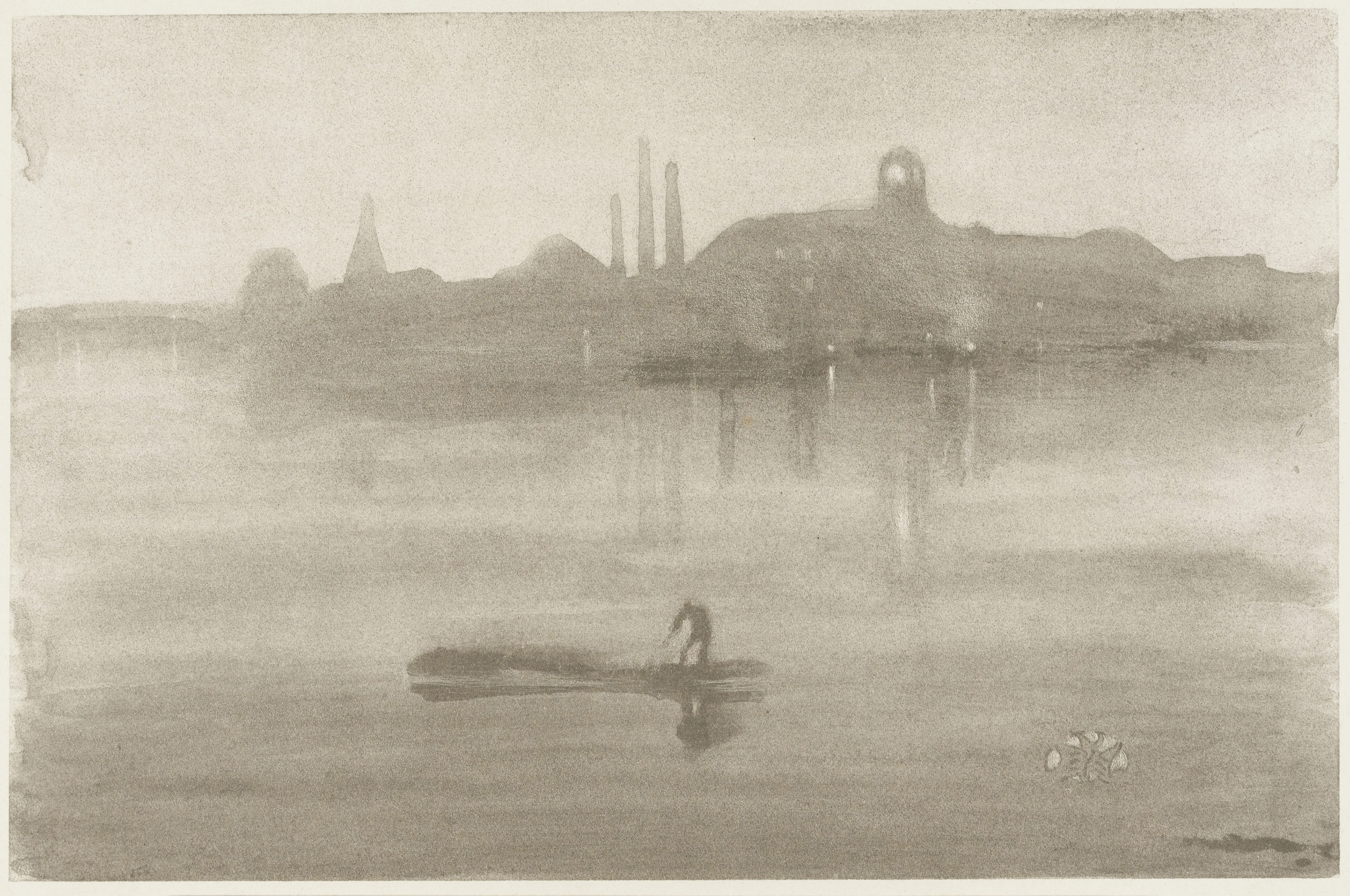
Further Research
The paintings of Matisse (1869-1954), Derain (1880-1954) and Picasso (1881-1973) feature Japanese clothes, fans and art objects as part of their compositions, playing with flattened patterns and experimenting with perspective. Compare and contrast the poses and attitudes of the figures in these Post-Impressionist paintings to those in Japanese prints. What did you discover?
Japanese and East Asian art continues to influence contemporary artists, designers and architects. Explore the work of contemporary artists to
continue this cultural exchange. You might like to think about anime, film, and graphic novels to see the influence across a range of creative industries.
Tsukioka Yoshitoshi, ‘The Yugao‘ from set ‘One Hundred Aspects of the Moon’
This woodblock print illustrates a chapter from the famous ‘Tale of Genji’. You can clearly see the influence on contemporary anime and manga.
‘Genji courts the mysterious author of the poem, and takes her to a nearby villa, where they are visited in the night by the angry spirit of Rokûjo, Genji’s jealous lover. Yûgao breaks into a fever and within hours she dies. Genji is overcome with grief, and years later he still longed for a further glimpse of the woman who faded as quickly as the white flowers in her garden. Yoshitoshi shows Yûgao’s spirit floating through her garden on the night of a full moon. The gourd flower was also known as ‘moonflower’, thus linking the subject to the theme of the series. Her lips are blue, a convention for the depiction of ghosts and corpses.’
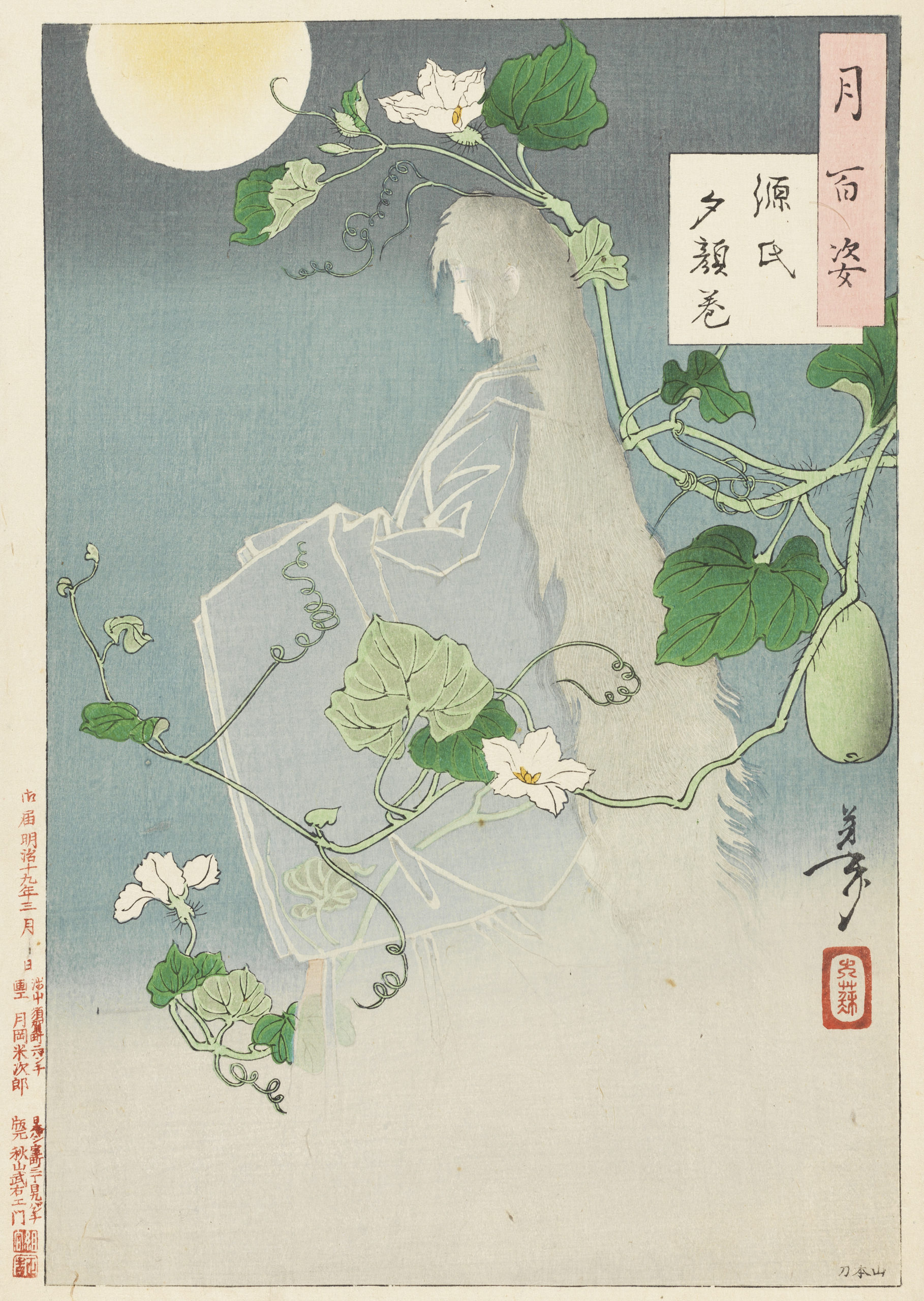
Woodblock prints
An image is first drawn on to thin Japanese paper made from mulberry pulp – Washi paper. This drawing is glued with rice paste face-down onto cherry wood, and then oiled to enhance the visibility of the pencil drawing. The carver then skilfully removes the wood either side of the drawn lines using a very sharp tool, similar to lino cutters. This carving process creates a series of raised lines that will appear in the finished print. Remembering that the carved image is in reverse is particularly important if it includes writing. To create a print in several colours, a series of woodblocks are carved, one for each colour in the design. The prints are made by applying ink to the blocks in the required colours, working from light to dark, and carefully lining up the print for each new colour (registration).
You can try this by taking a colour photograph from a magazine and tracing several drawings on different sets of paper that only copy one colour at a time. When you put all of these tracings together you will see a finished drawing.
While the skills needed to create woodblock prints take many years to learn, it is possible to experiment in lino carving – a process of reduction.
Join designer and print maker Ollie St Clare Terry as he demonstrates multi colour way lino printing in this video:
Utamaro illustrated books
You might like to use this resource by contemporary British-Japanese artist Hideki Arichi for a focus on Kitagawa Utamaro’s prints inspired by nature,
Make your own rice paste
Using dried uncooked white short-grained rice (it’s best if you can use dry uncooked sushi rice), carefully simmer the rice in a saucepan of water until it is very, very soft (about 40 minutes). Have a bowl ready with a sieve over the top and pour the water and soggy rice into the sieve. Then, leave the rice and water to pour through. You can help a little by pushing gently with the back of a spoon. When this is cool you have rice paste – perfect for gluing fine paper like Washi paper and experimenting by adding it to paint pigments to make your own printing inks. It can be kept for a few days in jam jars or plastic boxes in the fridge – DO NOT EAT IT!
Experiment with Japanese brush and ink
Calligraphy, poetry and writing is an important part of Japanese artworks, with both the text and images given equal status. Often the illustrations are created with spaces for the poetry to be placed with harmonious effect.
Choose a natural form – such as a shell, a flower or a leaf – and make a series of drawings using just a paint brush and watercolours or inks, making sure to leave a space to write a short poem or description of your chosen object. Experiment with using the tip of the brush for fine lines and the side of the whole brush to make thick lines. Try dragging the brush increasing or decreasing the pressure you apply. Do you notice what happens?
Create a mind map that illustrates how the art and artists in Japan and Western Europe inspired each other and how your artwork fits into this
reciprocal cultural exchange. Clearly note what you have learnt about the
technical processes and materials and the studio woodblock printing processes.
Include a set of reflections on how you have used these techniques to create and develop your own art works.
Download our Japanese Art and Impressionism scheme of work as a PDF.
This resource has been designed for teaching within your classroom and not to be used for any other purposes without the express permission of the Fitzwilliam Museum.
Some of the artists featured are in copyright and have been included with the permission of the relevant rights holders.
The copyright in all the images remains the property of The Fitzwilliam Museum, University of Cambridge.
